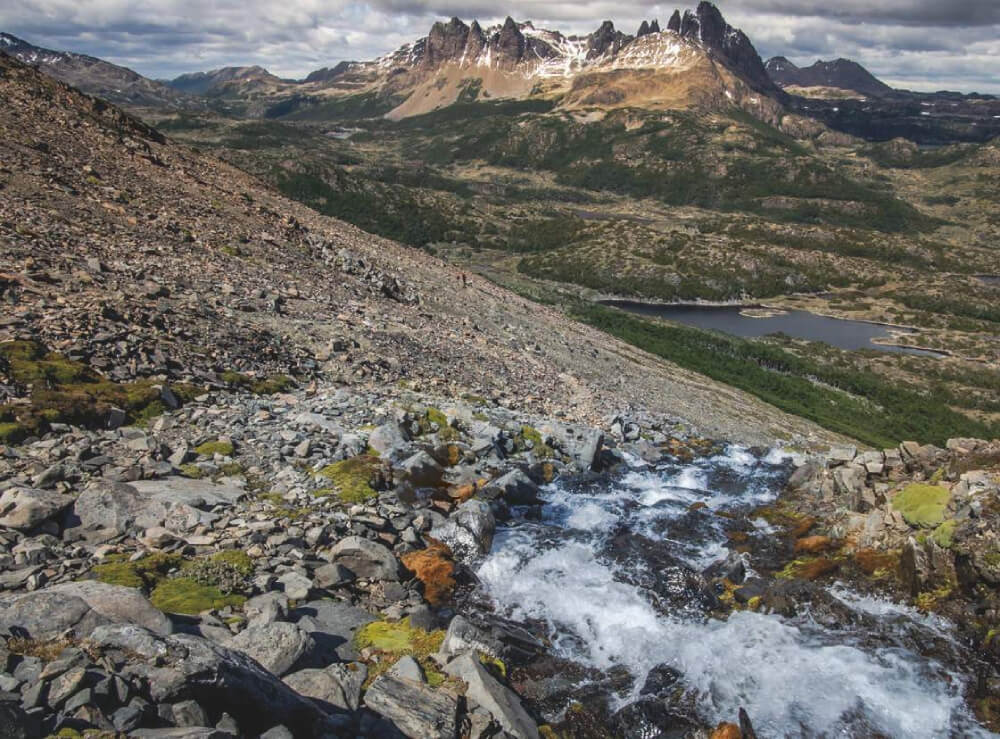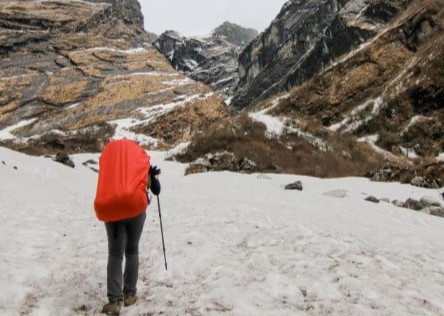Summary
General Information
Volcán Cotopaxi
Acceso libre
Location: Ecuador, Cotopaxi
Area: Parque Nacional Cotopaxi
Nearest city: Quito
Altitude:
5897 m.
Year First ascent: 1872
First ascent:
Wilhelm Reiss y Angel M. Escobar
Geographic position:
Lat: -0° 40' 50.1" (WGS 84)
Lon: -78° 26' 17.6"
Alta Montaña
Área protegida
Volcán
Routes
Summit Book
Last Update
Mountain
Updated at 21/02/2003
Introduction
Cotopaxi Volcano
The Cotopaxi volcano is located in the Cordillera Real de Ecuador, in the planes of Limpiopungo, province of Cotopaxi, 35 kms. northeast of Latacunga and 40 kms. southwest Quito.
Description
The Cotopaxi is a highly simetric conic volcano, which hasn´t been much affected by it´s glaciers, since these are relatively new. The inclination of its slopes is 30° average, while the diamter of its base is 15 kms.
The name of the mountain comes from the Cayapa words Coto, which means neck, pag, from pagta, sun and si from shi, sweet. That is, "Sweet Neck of the Sun". In the vernacular language of the Panzaleos, Cotopaxi means "Throat of Fire".
The crater of the volcano is an oval, with diameters that vary between 800 and 600 mts., and a depth of 200 mts. from the edge to the bottom.
This active volcano arose in the mid pleistocene, between a million and 200.000 years ago, over even older volcanic layers. The small hill Morurco or Guagua Cotopaxi which is located a bit more to the south is the remnant of the old Cotopaxi volcano, when its activity was more explosive than today´s. From the end of the pleistocene till today, the Cotopaxi resumed its activity and built the current cone. In the last 500 years ago,numerous eruptions have been recorded that have destroyedt the nearby valleys. Its last great eruption was in 1906, having reactivated in 1944 and 1975 but with little power.
The explosive character of its eruptions and the great amount of incandescent material has generated numerous mud flows that have reached the Pacific Ocean. Historically, these flows have run twelve times down the river bed of the Cutuchi River, three times down the Pita River and four times down the Napo River. Nevertheless, in prehistoric times there have been alluvions of very serious consecuences, like 2400 years ago when a huge alluvion, caused apparently by a landslide of great dimensions, partially buried the valleys of Chillos and Tumbaco, reaching upto 130 mts. above the main river beds. A similiar alluvion would not be possible today due to the relatively small volume of ice and snow - today the line of perpetual snow is located at 4900 masl, while 2400 years ago it must have been at 4000 masl.
Many are the dangers related to this volcano: incandescent lavas, landslides, piroclastic flows and ash showers. The greatest of these is without doubt the piroclastic flows which can disolve glaciers in a matter of minutes, creating devastating alluvions of mud which have in prior ocasiones swept away the valleys of Los Chillos and Latacunga.
First ascents
Cotopaxi was first climbed in 1872 by the german Wilhelm Reiss and the colombian Angel M. Escobar, who climbed up the southwest flank. The next year four ecuatorians and a german summited. In 1877 a desastrous explosion cleaned the norht face, leaving it free of ice and mud. Many alpinists took advantage of this situation and started climbing up this face.
In 1880 the most important climbing expedition ever made to Ecuador was led by the englishman Edward Whymper, who could boast of having been the first man to climb the Matterhorn in the Alps, feat considered impossible in those times. Whymper, along with the italian Carrel brothers, camped one night at the crater of the Cotopaxi. they also carried out first ascents of great part of the highest peaks in the country: Chimborazo 6.310 m. , Cayambe 5.790 m., Antisana 5.758 m., Iliniza Sur 5.248 m., Carihuairazo 5.020 m., Sincholagua 4.893 m., Cotacachi 4.944 m. and Sara Urco 4.670 m.
 Sign the summit book
Sign the summit book





